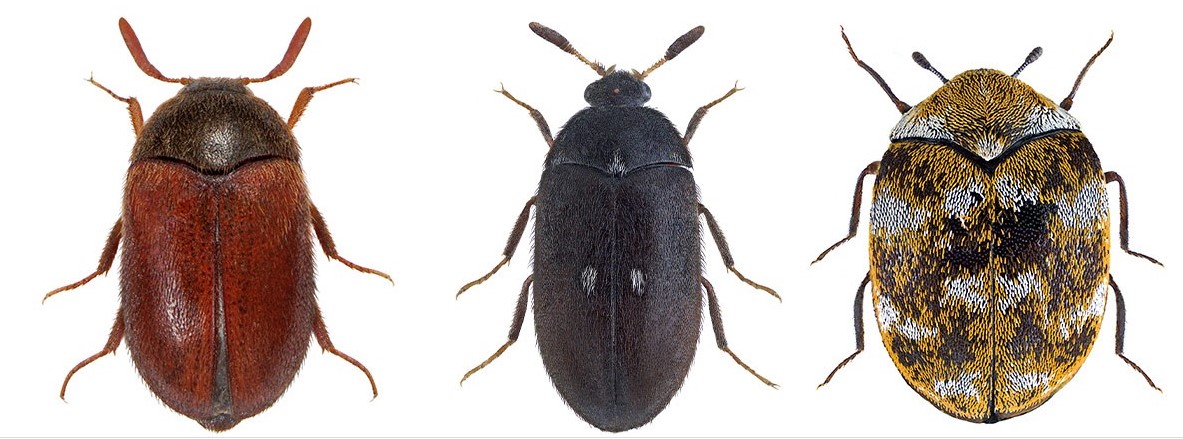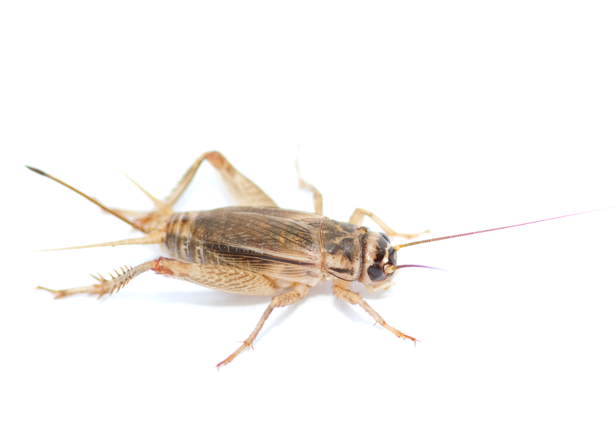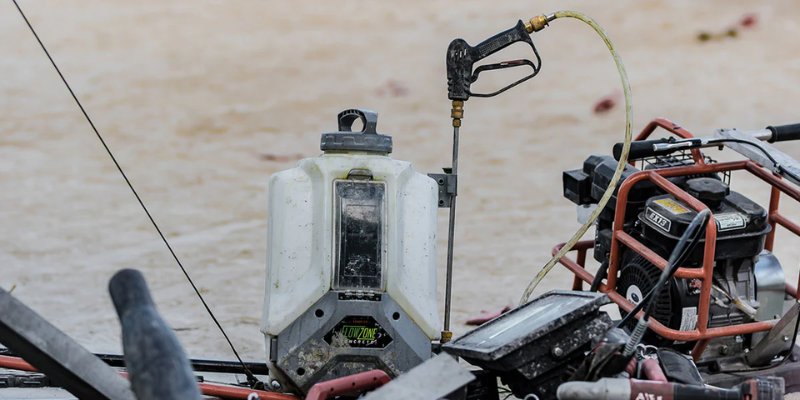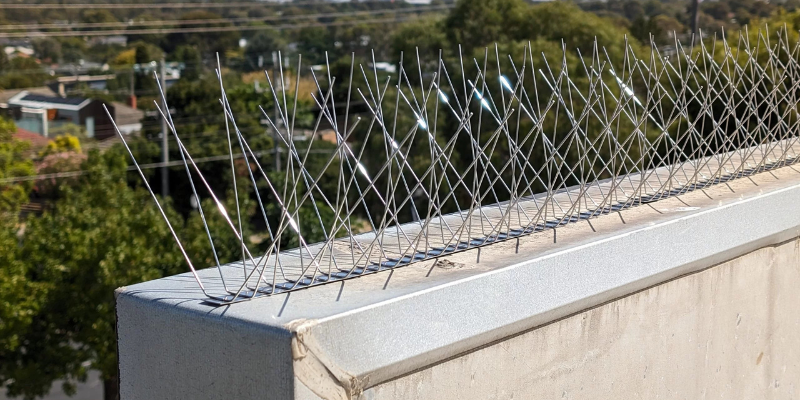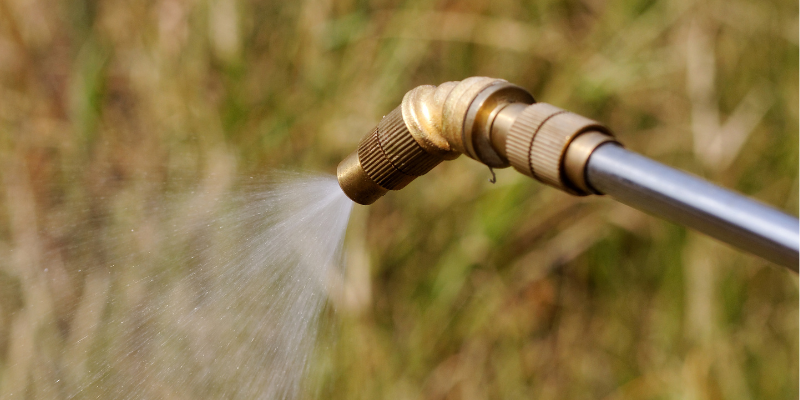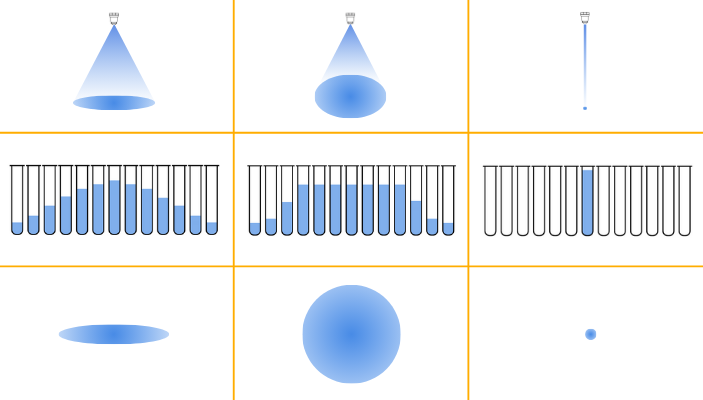Dampwood Termites
Dampwood Termites
Scientific Name: Porotermes adamsoni, Neotermes insularis, Glyptotermes sp
How to identify dampwood termites
Porotermes adamsoni is one such dampwood termite associated with damaging timbers in houses and is found in the coastal belt and associated ranges from southern Queensland around to South Australia (including ACT) and also in Tasmania. Other dampwood termites that pest managers may encounter include:
Neotermes insularis – major pest of standing gum trees. Has the largest soldier of any Australian termite (up to 15mm in length). Found in coastal belt from NT to the Victoria/South Australia border.
Glyptotermes sp. – major pest of power poles and implicated in poles falling over. This termite lives in the standing tree and can survive after the pole has been cut down and put into service however most of the damage is done by the associated decay throughout the termite tunnels rather than the termite itself. Found in coastal and highland areas from tropical north Queensland down to the Great Australian Bight in South Australia.
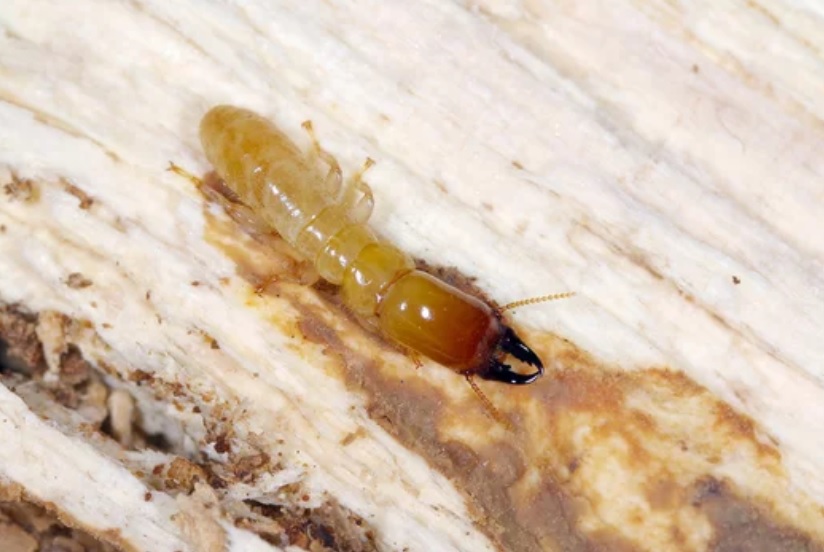
Where are dampwood termites commonly found?
Dampwood termites generally feed on rotting timbers on the forest floor and seldom become a nuisance to humans. However if a structure has decay issues associated with timber being exposed to the elements (fencing, decking timbers and even internal timbers via a leaking roof etc), dampwood termites can further damage such timbers and may even venture into the surrounding sound timber.
Why are dampwood termites considered a pest?
Termites consume cellulose in one form or another and play a crucial role in nutrient cycling and helping create soil structure through the decomposition of wood and plant debris. They only become a “pest” when they attack timber in service or damage crops and other materials important to humans.
Termites are known to damage materials that have no nutritional value during their search for food. These include rubber, plastic, leather, mortar and some metals. A particularly annoying trait is the attack on underground power cables, with termites chewing through the outer rubber and plastic sheathing, thus exposing the conducting wires to moisture resulting in short circuits and ultimately power failure.
What is the biology and lifecycle of dampwood termites?
Termites metamorphose through egg to nymph to adult. By several moults, the young nymphs then differentiate into one of several castes. This may take several months, depending upon food availability, temperature, and the colony’s vigour. Within a termite colony there are several forms (castes); namely a queen, king, workers, soldiers, and periodically, reproductives. Each caste is structurally different with specific functions to perform for the colony’s survival and maintenance.
Chemicals Required to Control Dampwood Termites
Liquids – The traditional method dating back many decades whereby a chemical is incorporated into the soil surrounding and/or under a structure to prevent termite entry. These can be grouped into either repellent or non-repellent based on their effect on termite behaviour when they contact the treated soil. Repellent products repel foraging termites from a treated structure whereas non-repellent products are undetectable to termites and when they contact the treated soil, they are either killed quickly or pick up a sub-lethal dose(becoming intoxicated) which may allow transfer to other termites away from the treated area.
Dusting – Widely used by pest managers in Australia for many years. Started out with arsenical based dusts followed by more recent chemistry. They are basically a toxicant mixed with a carrier that is blown on to a population of termites. The termites then carry the dust on their bodies to other parts of the colony and transfer the toxicant to non-treated termites and hopefully resulting in colony collapse.
Foaming – A surfactant and termiticide are mixed and delivered directly into active termite infestations under air pressure via a foam generator or a ready to use pressurised “aerosol”. The foam rapidly expands and moves through the gallery system under pressure and can even move upwards to coat as many termites as possible. If using the right active ingredient, foaming can also be transferred away from the site of treatment to effect the population as a whole.
Baiting – Above ground baits containing a matrix of attractive cellulose based food plus a toxicant, are placed over the site of termite activity. If termites are enticed to begin feeding on the bait, the toxicant is introduced into the colony and spread to others. The toxicants of choice at the moment are insect growth regulators (functioning as a chitin synthesis inhibitor), which disrupts the moulting process, ultimately causing death during the process of shedding their exoskeleton.
Baiting Systems – Plastic stations are placed either at regular intervals or in termite conducive areas and filled with an attractive cellulose bait eg: timber material. Once termites are attacking the bait, a matrix of cellulose powder and a toxicant is added to the station for the termites to continue feeding. If termites are enticed to begin feeding on the bait, the toxicant has now been introduced into the colony and spread to others. The toxicants of choice at the moment are insect growth regulators (functioning as a chitin synthesis inhibitor), which disrupts the moulting process, ultimately causing death during the process of shedding their exoskeleton.
Others – There have been a number of attempts to bring new technologies to the market that have either failed or are yet to take off eg: specific fungal strains, nematodes, gel and paste formulations, with more to come in the future.
Management Tips for Dampwood Termites
Dampwood termites, are usually not a major pest of timber in service unless there is already some underlying decay issue associated with water ingress. Therefore fixing the water leak or improving ventilation and replacing rotten timbers will often fix the problem. There are very few if any registered termiticide labels that specify use against dampwood termites, however from a preventative perspective, if dampwood termites have successfully entered a structure, then it is logical to assume the structure is also vulnerable to subterranean termites and therefore a traditional soil applied chemical treatment is recommended.



